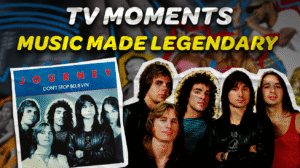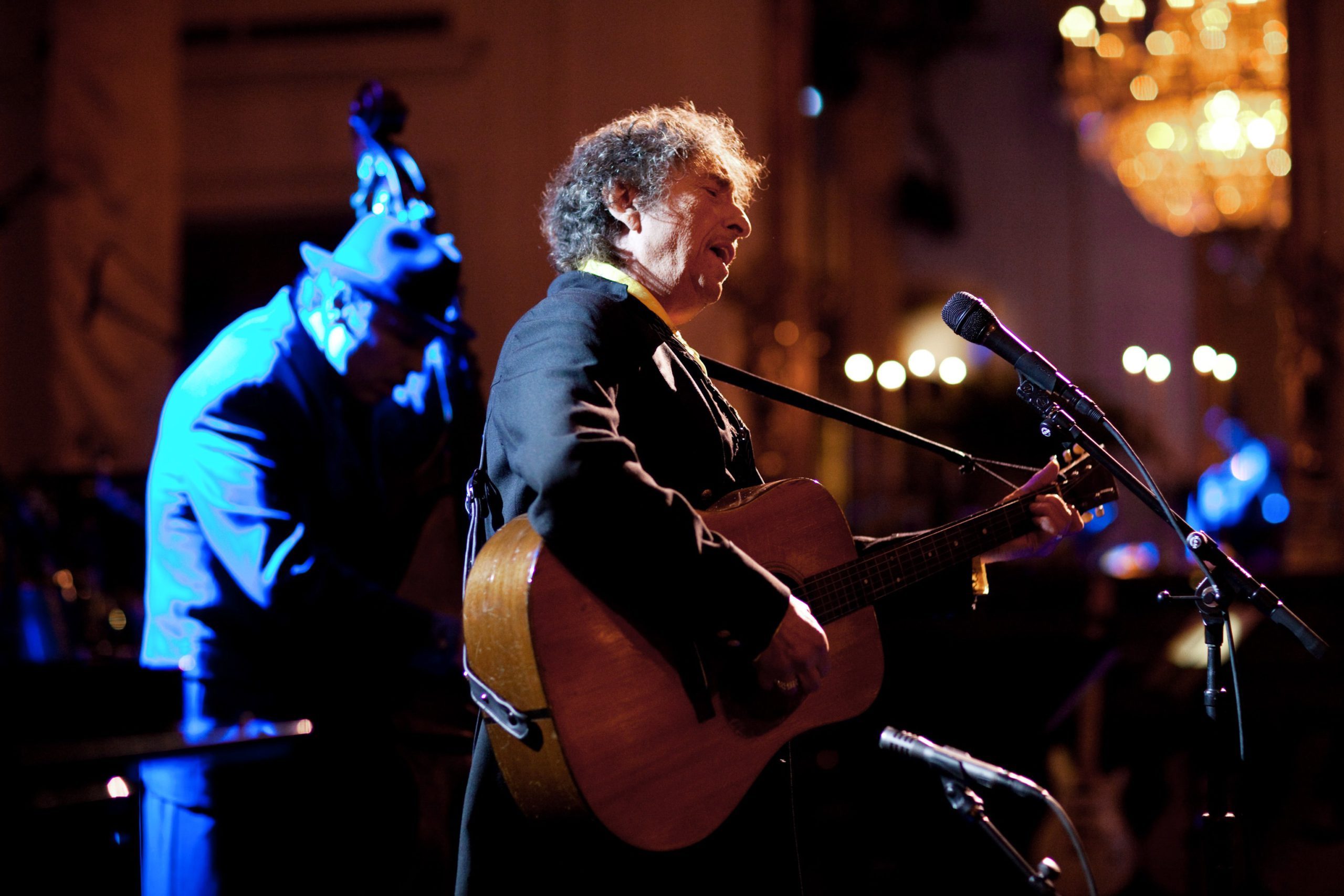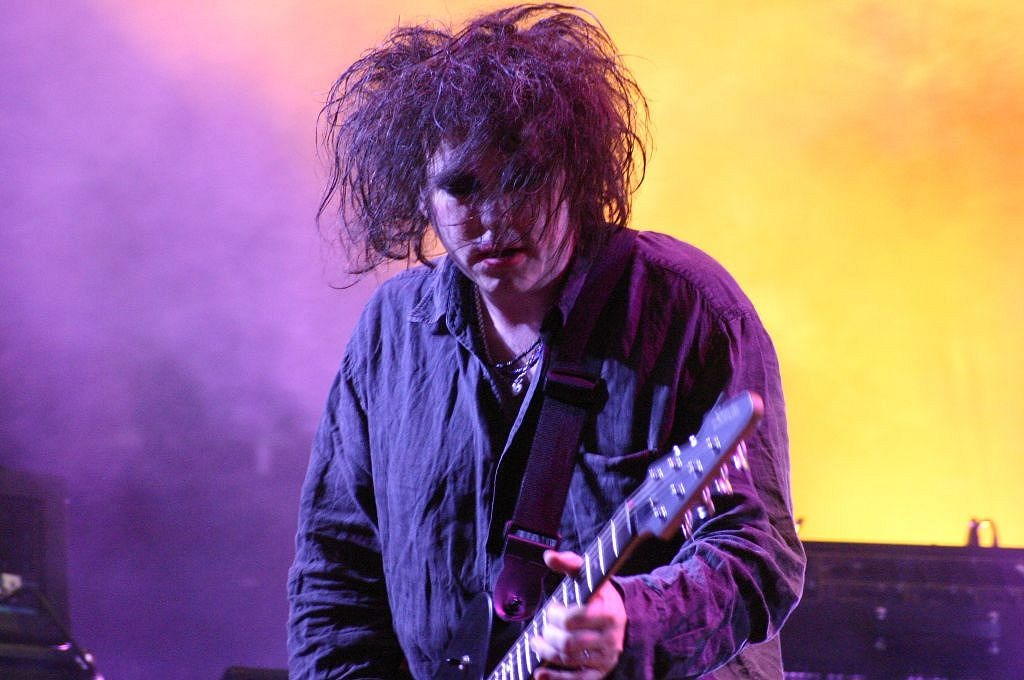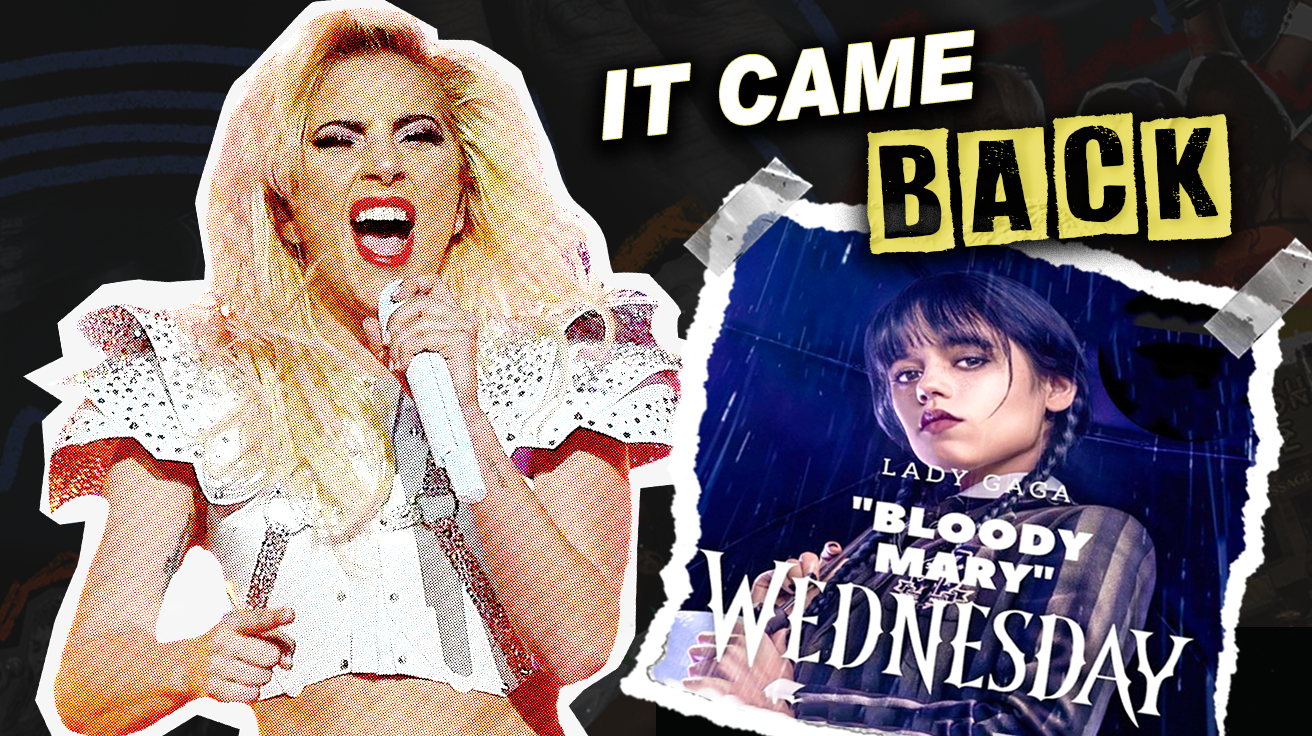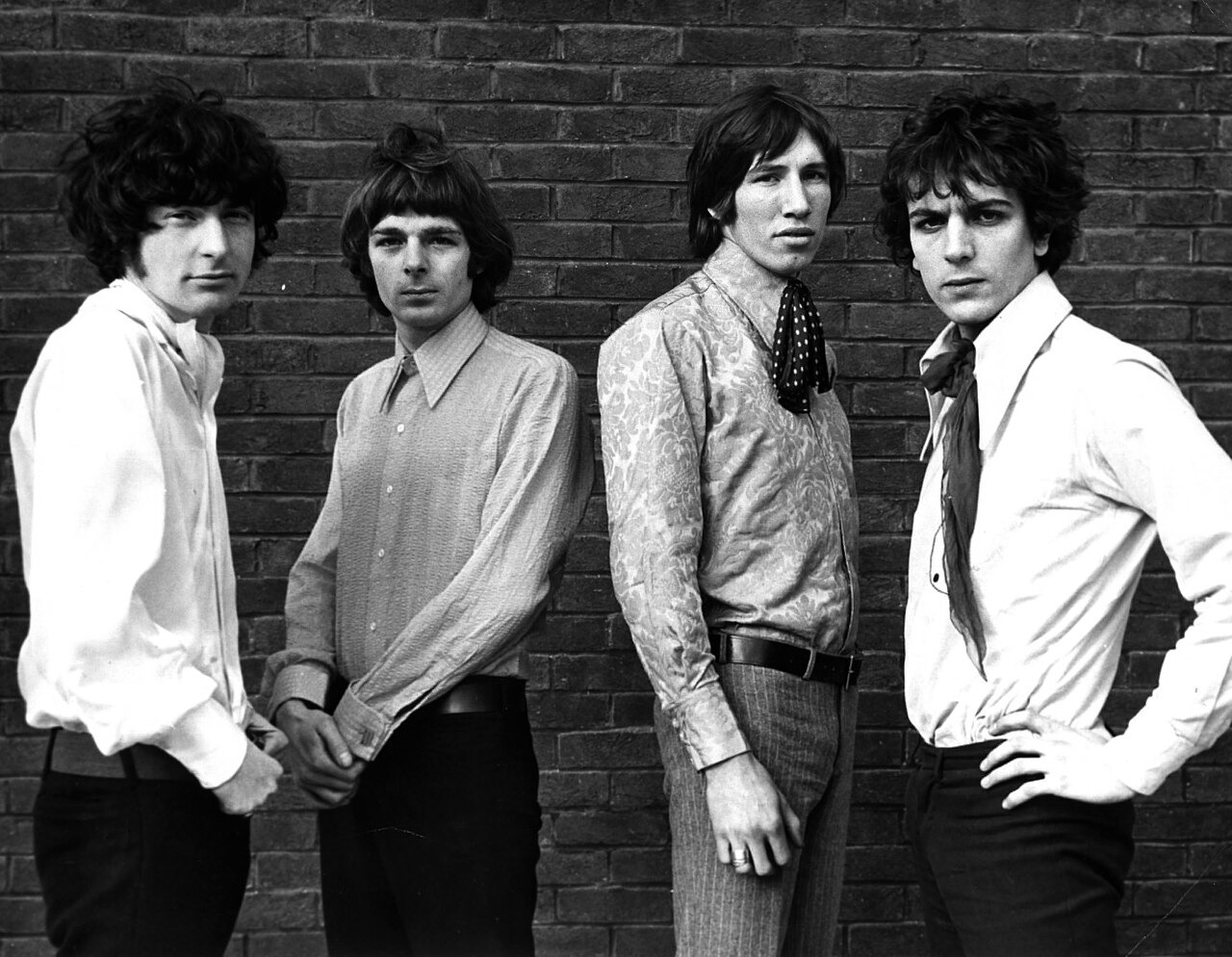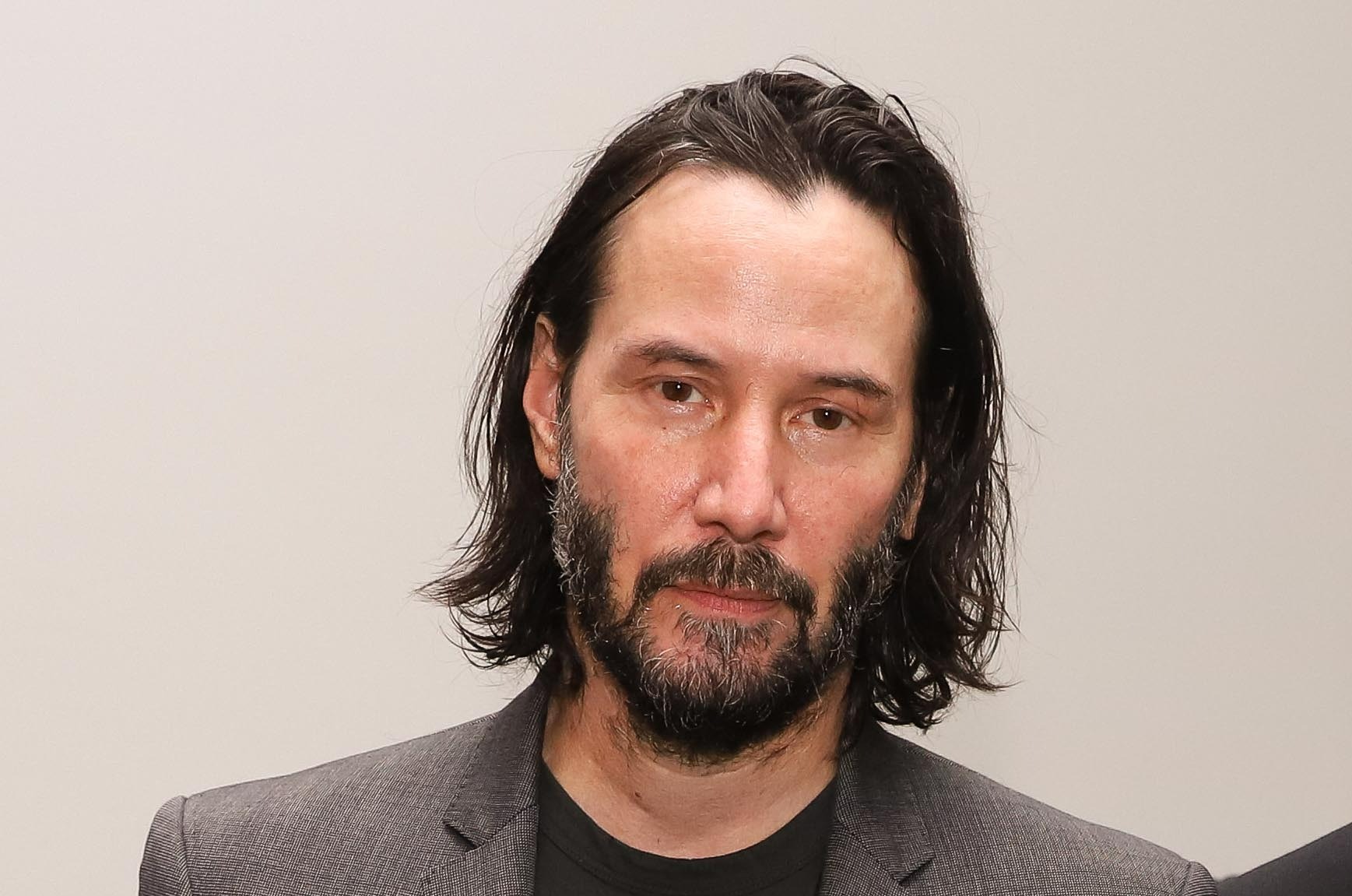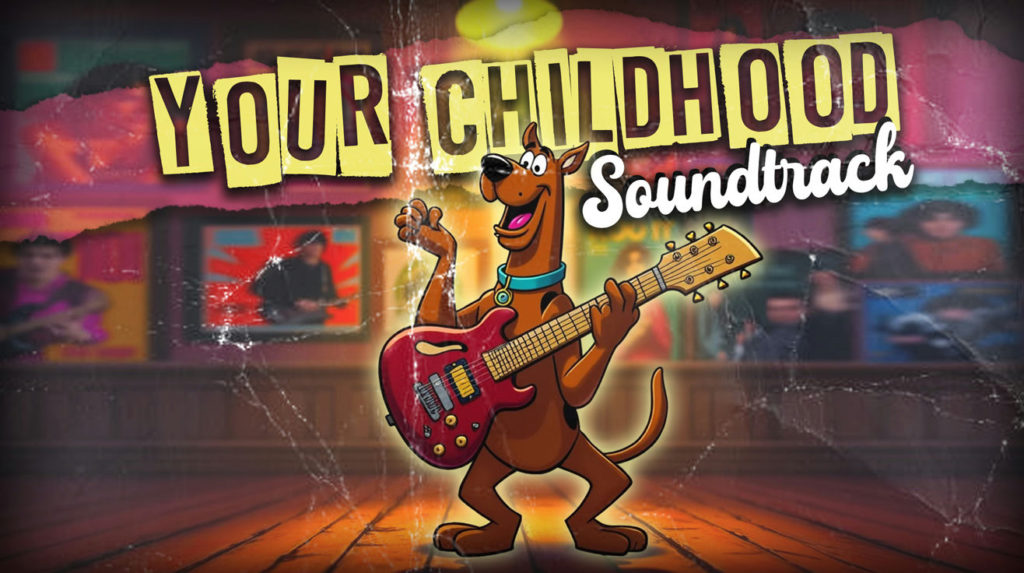
You know that feeling when you discover your favorite childhood cartoon has serious musical chops? Scooby-Doo isn’t just about mystery solving and Scooby Snacks — it’s a treasure trove of musical connections, industry legends, and sonic innovations that shaped both animation and pop culture. From Frank Sinatra’s accidental naming rights to Simple Plan’s pop-punk makeover, this beloved franchise has more musical Easter eggs than a Phil Spector production session.
8. The Hex Girls: Cartoon’s Eco-Goth Pioneers
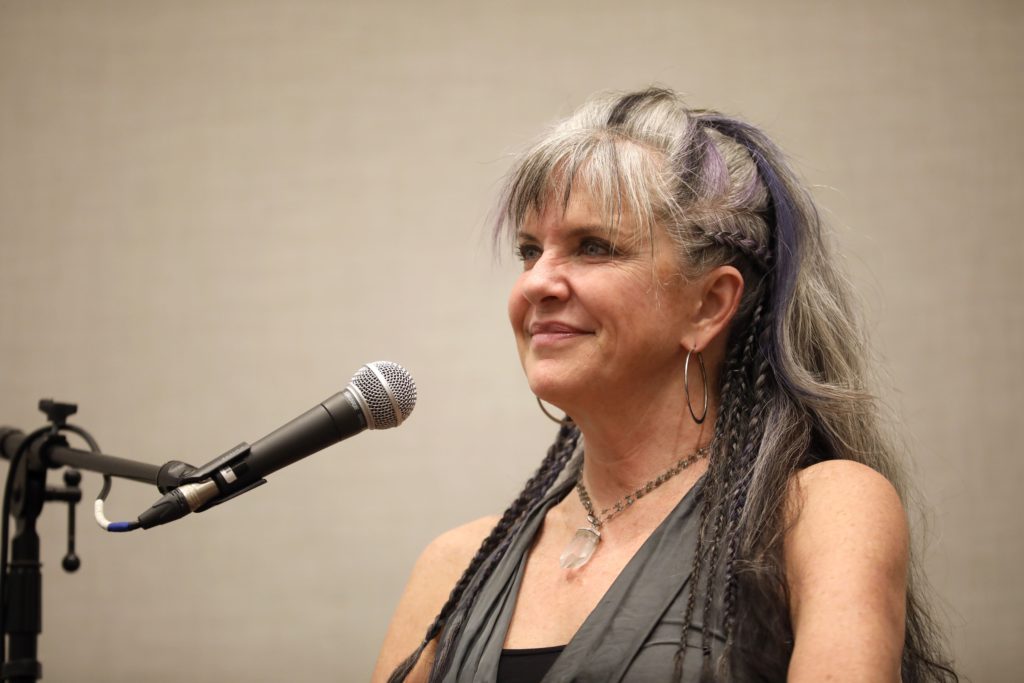
The Hex Girls — Thorn, Dusk, and Luna — are an eco-goth rock band voiced by Jennifer Hale, Jane Wiedlin, and Kimberly Brooks. These fictional musicians introduced environmental activism through alternative rock aesthetics, years before mainstream music embraced sustainability messaging. Their goth-folk sound predated the indie-folk explosion by a decade. The Hex Girls proved cartoon bands could tackle serious topics while maintaining authentic musical credibility — no manufactured pop here.
7. A Rock Band Concept That Never Happened
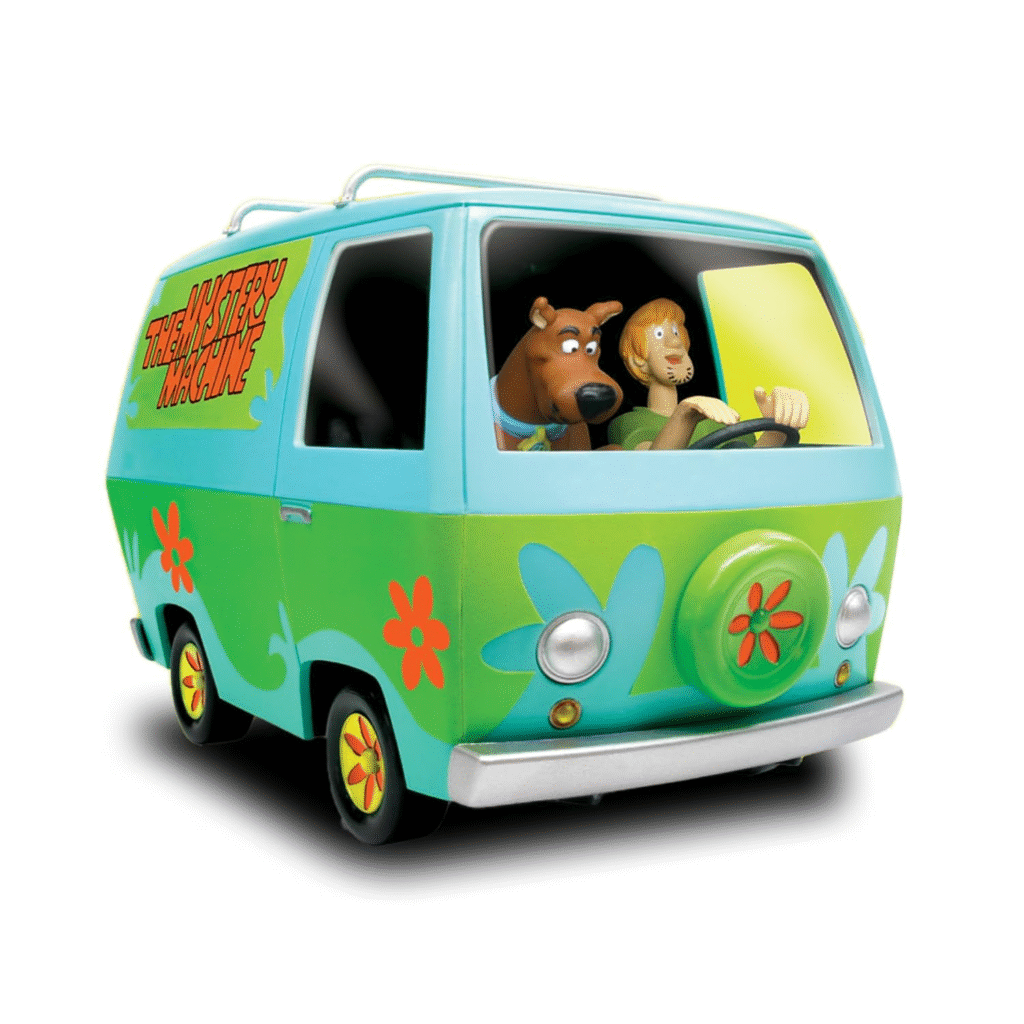
Before Mystery Inc. chased ghosts, they were supposed to chase record deals. The original concept downplayed a musical group angle, but early drafts envisioned five teens solving mysteries between gigs. Think The Archies meets Nancy Drew — they’d rock venues by night and unmask villains by day. The abandoned rock band concept explains why the gang travels in a psychedelic van that screams “tour bus.” Sometimes the best creative decisions are the ones you don’t make.
6. The Radio Legend’s Power Move
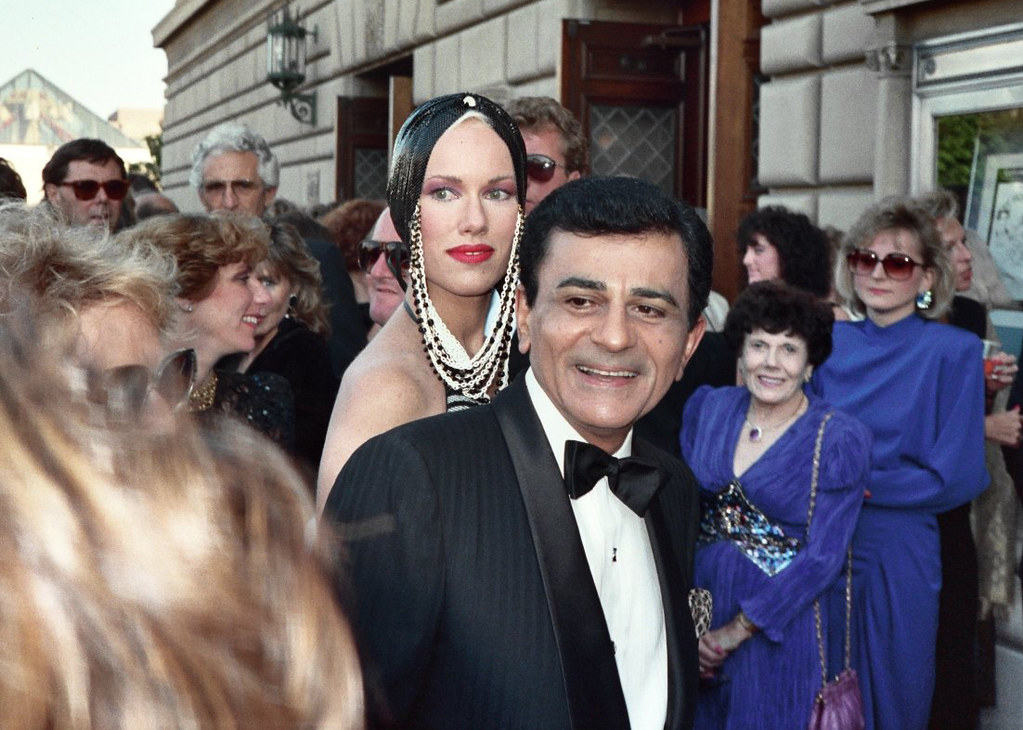
In 1988, Kasem left American Top 40 due to a contract dispute with ABC Radio Network, signing with Westwood One for Casey’s Top 40. His new show used different charts and ran for over nine years. By the early 1980s, American Top 40 reached more than 500 stations and the Armed Forces Radio Network worldwide. Kasem proved voice actors could command serious respect when they understood their worth and cultural impact. The move demonstrated how audio talent could leverage multiple platforms for maximum industry influence.
5. Kasem’s Cultural Bridge-Building Through Music

Kasem was a member of FAIR (Fairness & Accuracy in Reporting) and spent years calling out entertainment industry ethnic stereotyping. He helped promote workshops bringing Arabs, Jews, and others together for conflict resolution. His radio platform became more than entertainment — it was cultural diplomacy. Kasem understood music’s power to unify rather than divide, from coast to coast. He used both Shaggy’s voice and his countdown shows to promote understanding and inclusion.
4. The Mystery Machine’s Musical Inspiration
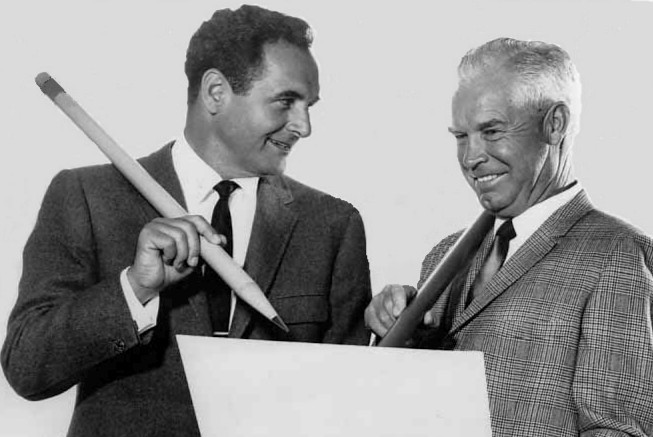
Shaggy’s psychedelic paint job on the Mystery Machine wasn’t random hippie aesthetics — it screamed late ’60s rock culture. The van’s colorful design reflected the era’s festival circuit, where bands like Jefferson Airplane and The Grateful Dead transported both equipment and lifestyle philosophy. The show emerged from CBS and Hanna-Barbera’s plans to create non-violent programming, but the Mystery Machine’s visual DNA remained rooted in counterculture music movements. Every road trip felt like a tour bus adventure.
3. Simple Plan’s Pop-Punk Takeover
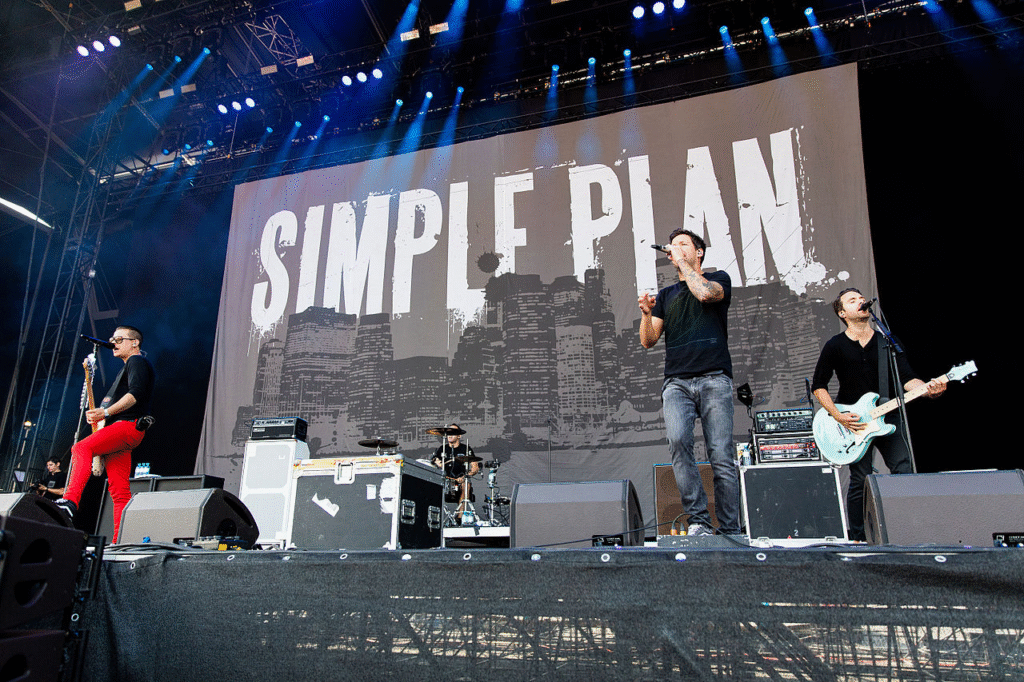
Canadian band Simple Plan performed the theme song for “What’s New, Scooby-Doo?” written by Rich Dickerson and Gigi Meroni. This wasn’t just a celebrity cameo — Simple Plan appeared as themselves in the episode “Simple Plan and the Invisible Madman” and contributed multiple songs to chase scenes. The collaboration bridged millennial nostalgia with early 2000s pop-punk energy, proving cartoons could be just as culturally relevant as MTV. This musical partnership influenced other animated series to recruit contemporary artists, establishing the template for franchise-musician collaborations that continues today.
2. Frank Welker: The Unsung Audio Engineer
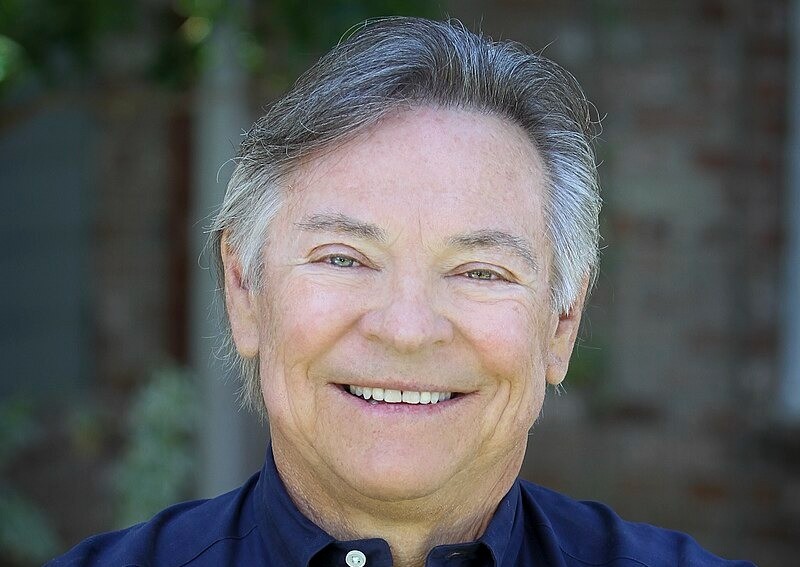
Frank Welker took over as Scooby’s voice in 2002 when Don Messick passed away in 1997, while continuing as Fred since 1969. Welker’s voice work spans five decades, making him animation’s equivalent of a session musician — reliable, versatile, and absolutely essential. The new show featured new-age music genres and unique Foley effects to replace classic Hanna-Barbera sound effects. Welker adapted his vocal techniques like a producer updating studio equipment, proving longevity requires constant evolution.
1. Scooby’s Name Came from Sinatra’s Scatting
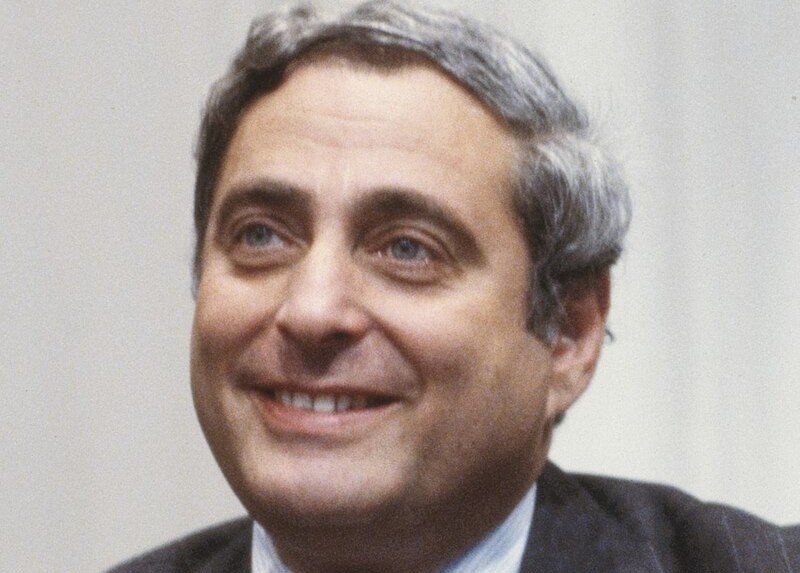
Fred Silverman came up with Scooby’s name from Frank Sinatra’s “Strangers in the Night” during a red-eye flight to Los Angeles. The “Dooby-dooby-doo” scat at the song’s end sparked the inspiration. Talk about accidental genius — Sinatra reportedly hated that track, calling it worthless, yet his throwaway vocal riff became the foundation for one of animation’s most enduring characters. The Chairman of the Board unknowingly christened a cartoon legend with his improvised finale.




